Screen of trees - long, rambling questions
angies66
13 years ago
Related Stories

GARDENING GUIDESNo-Regret Plants: 5 Questions Smart Shoppers Ask
Quit wasting money and time at the garden center. This checklist will ensure that the plants you're eyeing will stick around in your yard
Full Story
KITCHEN DESIGN9 Questions to Ask When Planning a Kitchen Pantry
Avoid blunders and get the storage space and layout you need by asking these questions before you begin
Full Story
FEEL-GOOD HOMEThe Question That Can Make You Love Your Home More
Change your relationship with your house for the better by focusing on the answer to something designers often ask
Full Story
EXTERIORSCurb Appeal Feeling a Little Off? Some Questions to Consider
Color, scale, proportion, trim ... 14 things to think about if your exterior is bugging you
Full Story
DECORATING GUIDESDivide and Conquer: How to Furnish a Long, Narrow Room
Learn decorating and layout tricks to create intimacy, distinguish areas and work with scale in an alley of a room
Full Story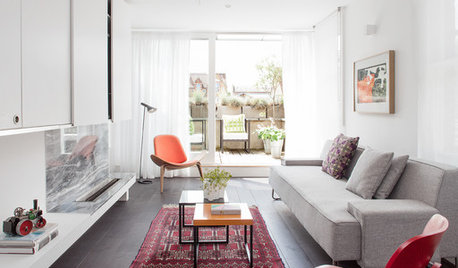
DECORATING GUIDESAsk an Expert: How to Decorate a Long, Narrow Room
Distract attention away from an awkward room shape and create a pleasing design using these pro tips
Full Story
GARDENING GUIDES5 Best-Behaved Trees to Grace a Patio
Big enough for shade but small enough for easy care, these amiable trees mind their manners in a modest outdoor space
Full Story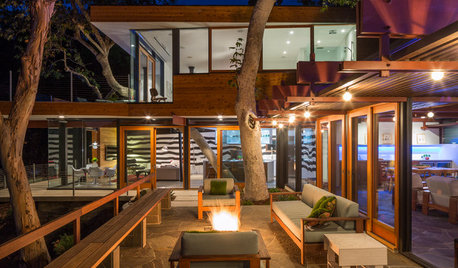
TREESHow to Use Trees Inside
Bring nature close by integrating the beauty of trunks and trees — even smaller leafy trees — into your home
Full Story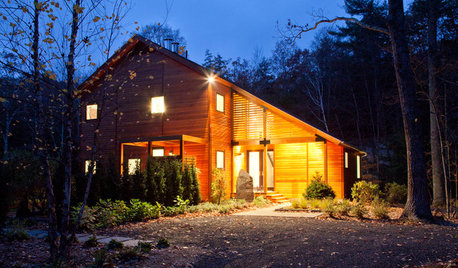
CONTEMPORARY HOMESHouzz Tour: Strong, Modern Lines Stand Up to the Trees
Modernism takes kindly to the New York woods, with double-height ceilings for openness and a burbling creek for music
Full Story
LANDSCAPE DESIGN7 Great Trees for Summer Shade and Fall Color
These landscape-pro faves straddle the seasons beautifully. Could one enhance your own yard?
Full Story







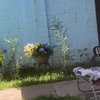

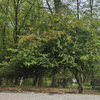
gardningrandma
lkz5ia
Related Professionals
70037 Landscape Architects & Landscape Designers · Waunakee Landscape Architects & Landscape Designers · Waterbury Landscape Contractors · Aberdeen Landscape Contractors · North Potomac Landscape Contractors · Oklahoma City Landscape Contractors · Paterson Landscape Contractors · Placerville Landscape Contractors · Ringwood Landscape Contractors · Suisun City Landscape Contractors · Wichita Siding & Exteriors · Bountiful Siding & Exteriors · Lansing Siding & Exteriors · Myrtle Beach Decks, Patios & Outdoor Enclosures · Pittsburgh Decks, Patios & Outdoor Enclosuresscotjute Z8
angies66Original Author
lkz5ia
gardningrandma
conniemcghee
gardener365
gardener365
gardener365
Toronado3800 Zone 6 St Louis
lkz5ia
drrich2
angies66Original Author
Toronado3800 Zone 6 St Louis
drrich2
gardengal48 (PNW Z8/9)
gardningrandma
tony_o
angies66Original Author